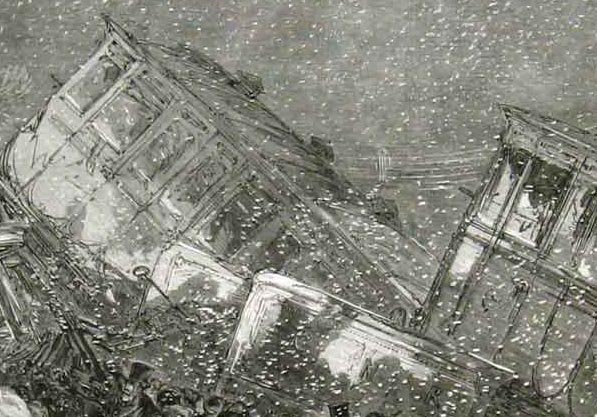
1890
STOATS NEST
10th DECEMBER 1890
Involving
New Cross
Driver Wiliam Muzzle & Fireman George Breach
&
New Cross
Driver John Lee & Fireman William Monks
from the report by
C.S. Hutchinson Major General R.E.

PHOTOGRAPHER UNKNOWN

STOATS NEST
10th DECEMBER 1890
Involving
New Cross
Driver Wiliam Muzzle & Fireman George Breach
&
New Cross
Driver John Lee & Fireman William Monks
from the report by
C.S. Hutchinson Major General R.E.

Make a free website with Yola